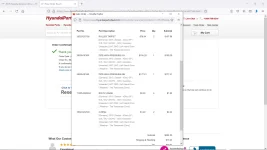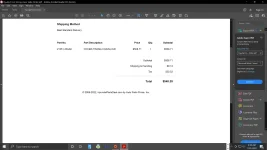carguy75
Registered Member
- Joined
- Jun 23, 2018
- Messages
- 3,067
- Reaction score
- 1,640
- Points
- 113
- Location
- Atlanta, Georgia
- Genesis Model Year
- 2015
- Genesis Model Type
- 2G Genesis Sedan (2015-2016)
Well, I ended up damaging my front lower timing cover due to over tightening my new oil sensor. Therefore, I will be replacing the timing cover. I will also change my spark plugs, high pressure fuel pump roller cam follower, and timing chain tensioners while the engine is apart. I will first remove the valve covers.
I am still learning about the TAU 5.0 engine so I will post the repair as I perform it with tips and information I learn. So far I have started to remove the engine covers and wiper cowl to gain access to the valve covers.
Here is where I am at so far. This engine have a lot of cover trim/harness supports under the hood, but they are only held by 10mm nut/bolts and push clips. The wiper blades are only held by 14mm nuts. Mark the wiper location with tape so that you can put them back in the proper location when you install them.

I am still learning about the TAU 5.0 engine so I will post the repair as I perform it with tips and information I learn. So far I have started to remove the engine covers and wiper cowl to gain access to the valve covers.
Here is where I am at so far. This engine have a lot of cover trim/harness supports under the hood, but they are only held by 10mm nut/bolts and push clips. The wiper blades are only held by 14mm nuts. Mark the wiper location with tape so that you can put them back in the proper location when you install them.




















